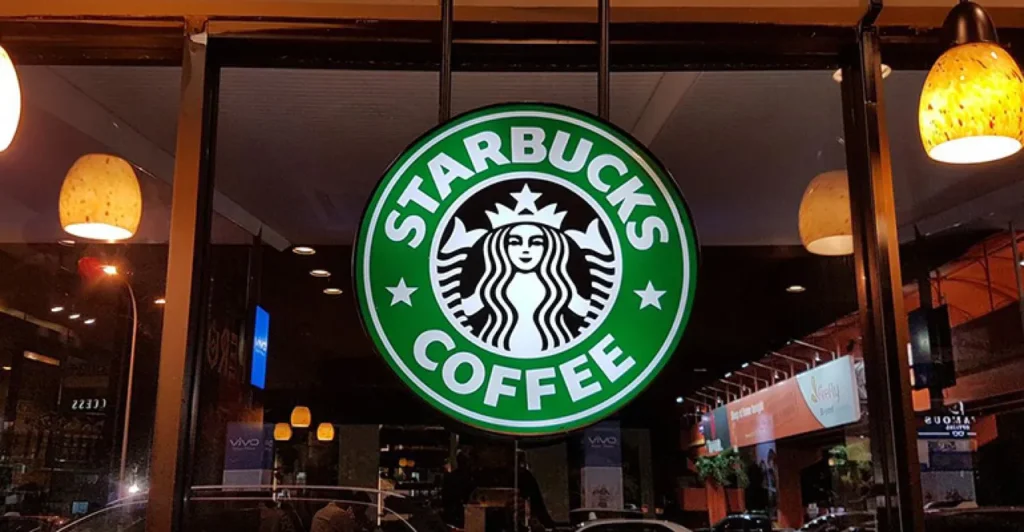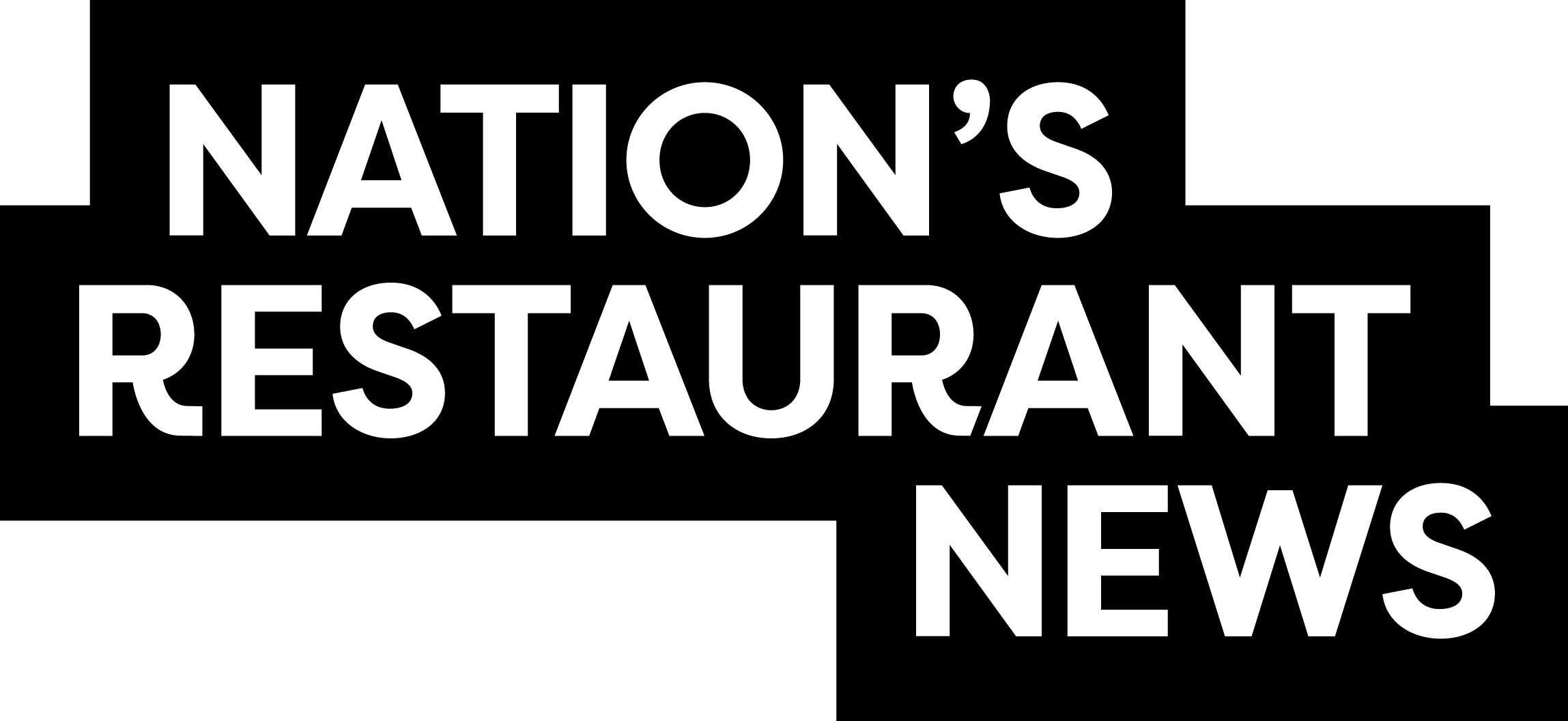Is a third-place coffee shop still relevant in 2025?
Starbucks takes a major risk in going all-in on bringing back in-café experiences, while its competitors embrace the drive-thru lane
15 August 2025
Share this exclusive content from Saladplate

Starbucks is zigging where others are zagging. | Photo Credit: Starbucks
If you walked into a Starbucks 15 years ago, you’d find a lobby filled with students reading with a coffee in hand, businesspeople on calls, and even first dates bonding over lattes. But Starbucks coffee culture gradually shifted from lingering social moments to an on-the-go experience where mobile pickup orders dominate over meetups with friends or clients.
When Brian Niccol took the helm as CEO almost one year ago, Starbucks was struggling through multiple quarters of declining same-store sales under his predecessor, Laxman Narasimhan, who blamed dwindling traffic on consumer price sensitivity and increased competition.
Drive-thru-centric coffee chains like Dutch Bros and 7 Brew have emerged as formidable competitors, particularly in the Midwest. According to Technomic Top 500 data, 7 Brew claimed the title of fastest-growing foodservice chain in the U.S. last year with 163% sales growth — nearly double the second-place chain. By comparison, Starbucks posted a 0.5% sales decline in 2024.
A brand overhaul was clearly necessary, which is why Starbucks lured Niccol away from Chipotle Mexican Grill with $85 million in cash and equity to revitalize the Seattle-based coffee giant. During his first year, Niccol has implemented numerous changes —eliminating charges for plant-based milks, restoring condiment bars, and bringing back names on cups. But perhaps his most significant cultural initiative has been the promise to resurrect the third-place coffee shop.
“We’re reclaiming the third place so our cafes feel like the welcoming coffee house our customers remember,” Niccol said in his first earnings call as CEO last October. “We’re beginning to review and revise our cafe designs to bring back more comfortable seating and amenities and to ensure our stores are a place where customers want to sit, work and meet.”
Niccol launched the “Back to Starbucks” initiative to reclaim the company’s coffee segment dominance. The challenge? Consumer demands have shifted dramatically in recent years. Starbucks now zigs where competitors zag. Recently, the company announced plans to phase out mobile order pickup-only stores — locations introduced in 2019 for high-density areas seeking faster service.
“The issue is that the American public has moved to be more on the go, and Starbucks was smart to follow that,” John Gordon, an analyst at Pacific Management Consulting Group, said. “They were also following store economics, and a store with a drive-thru essentially doubles the AUVs. … I like companies that are flexible on their store profile, because that’s what America is like now. You can’t just go out and build the same kind of concept over and over.”
This raises the question: As Starbucks remodels stores with more comfortable seating and cozier lighting, do on-the-go Americans in 2025 need the Starbucks of yesteryear? Or do they want an intuitive mobile ordering experience, fast service, and more affordable coffee prices?
Many trending drive-thru coffee chains have naturally replaced the third-place café with speed and friendly service, even through a car window.
“The ‘third place’ between home and work is your car,” 7 Brew CMO Nick Chavez said. “It’s not just a place to get where you’re going. It’s a place to enjoy music, catch up with friends, recharge, grab a bite or a tasty beverage. 7 Brew is built for this modern ‘third place.’ We make the drive-thru an experience, a jolt of positivity.”
Scooter’s Coffee, an 849-unit drive-thru chain that achieved nearly 29% sales growth last year, offers a similar service approach. Scooter’s operates two models: drive-thru kiosks and classic coffeehouses with limited seating, and it emphasizes how quickly it allows customers to “scoot in and scoot out.”
“Even when we serve customers amazingly fast, our baristas still have the opportunity to form a personal connection with customers at the window through offering friendly customer service, asking about their day, and delivering an exceptional product with a smile,” John Owen, COO at Scooter’s, said. “Something as small as a quick, friendly interaction can change someone’s entire day.”
As Starbucks looks ahead, many changes are still in progress — remodeled stores just began appearing this summer in New York and California — and transforming a 17,000-unit coffee chain takes time. Despite the increased competition, Starbucks’ U.S. footprint is more than 17 times the size of its largest drive-thru-centric competitor, Dutch Bros.
Niccol acknowledges the on-the-go reality of today’s consumer. During his first year as CEO, he introduced in-app first-party delivery capabilities for the first time and improved digital order sequencing with the goal of reducing wait times to four minutes or less.
Starbucks consistently emphasizes removing friction from customer experiences, whether for guests lingering over in-house beverages or rushing in for mobile orders before work.
With this new direction, Niccol is taking a strategic risk that by positioning Starbucks as the legacy brand with old-school coffeehouse vibes, the company will differentiate itself from younger, nimbler competitors and continue to be the industry leader.
“Every Dutch Bros or 7 Brew I’ve ever been to had no inside seating, much less a warm, comfortable interior atmosphere,” analyst Mark Kalinowski said. “These competitors do what they do well, but it’s a different experience than a third-place experience. Starbucks has room for improvement in how it offers up this experience to its guests, and recognizes this, which is a big step in the right direction.”

Source: Nation’s Restaurant News



